Crisis talks launched after review warns emergency hub will be ‘crippled’ during a quake
Budget crisis talks have been launched to earthquake proof the state’s main emergency communications hub after a secret government review warned a major tremor would cripple disaster work.
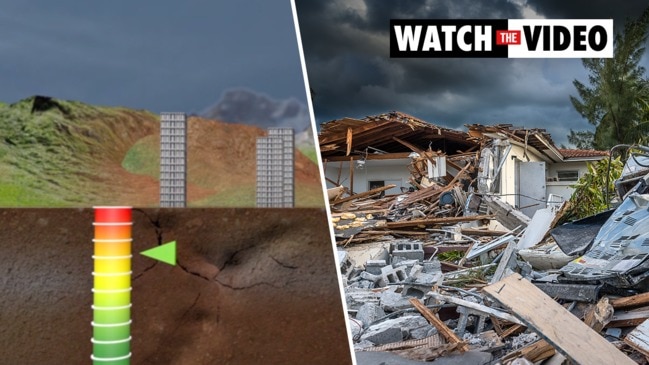
SA News
Don't miss out on the headlines from SA News. Followed categories will be added to My News.
- Adelaide tremor: Small Mount Compass quake hits parts of SA
- Adelaide’s 1954 earthquake: Where the faults lie
- A much bigger quake is still to come, says expert
The Government has vowed to act immediately to “fix” the state’s emergency communications hub, which a review has warned could be crippled by an earthquake, potentially leaving South Australia in chaos during a disaster response.
Leaked Cabinet documents detail how a catastrophic quake would put at risk SA Police’s crucial 32-year-old communications centre in the CBD.
The hub is vital to SA’s ability to communicate, co-ordinate and respond to disasters, crimes and terrorism.
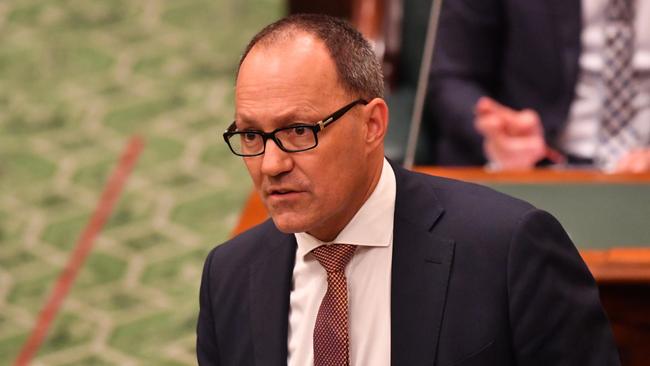
Police Minister Corey Wingard said he was “taking the results of this review very seriously” amid warnings of buildings collapsing and key infrastructure being destroyed.
“I have taken this up with the Treasurer (Rob Lucas) about what can be done immediately to fix the issues raised,” he said.
“The Liberal State Government is also looking very closely at what can be done.”
Senior police said they had planned for appropriate disaster recovery measures to maintain essential emergency communications if the police communications complex was damaged.
Mr Wingard accused the previous Labor government of taking no action after a review of the 2016 statewide blackout first identified infrastructure concerns, while the Opposition claimed the new Liberal Government had failed to act since the election.
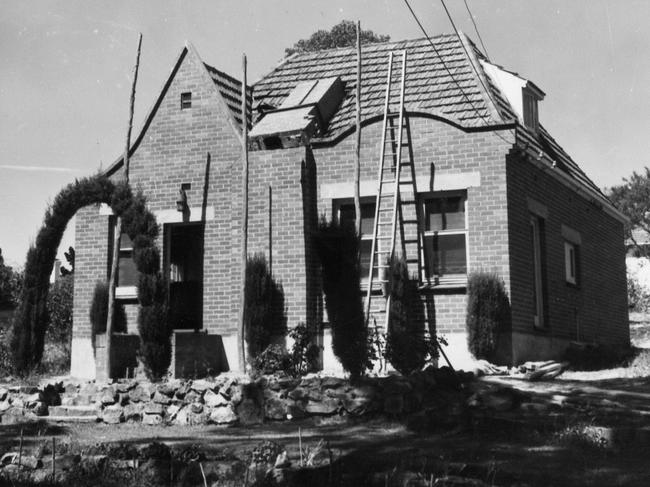
Experts say SA faces a real earthquake risk while Adelaide has sustained more damage from tremors than any other capital city. The police complex review lays bare the potential issues in the event of a one-in-500-year earthquake.
Scientists say while the power of such an earthquake was difficult to predict, it would be bigger than the state’s last major quake, which caused widespread destruction 65 years ago.
The “Darlington” earthquake, which struck Adelaide’s south in 1954, is equivalent to a one-in-250-year event.
It would, however, be less devastating than the 2011 Christchurch earthquake, which would be one-in-10,000-year event in Adelaide.
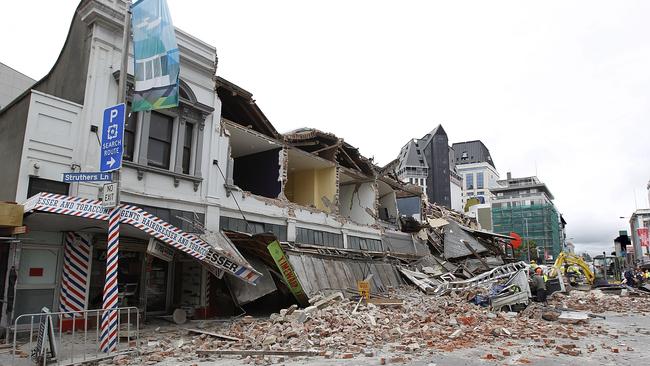
The “seismic assessment”, which the Government refused to release because it was a “Cabinet in Confidence” document, uncovered significant concerns with the police hub.
Authorities commissioned the Melbourne-based consultants to further investigate the earthquake risks after the separate Burns blackout review uncovered “concerns” about the state’s infrastructure.
“As the building is currently detailed, there is a significant risk that the columns will shear and collapse … during an ultimate earthquake event,” the review states.
Components “significantly vulnerable” include ceilings, partitions, computer floors and equipment, shelving, filing cabinets as well as its facade.
Operational impact would be “highly significant”.
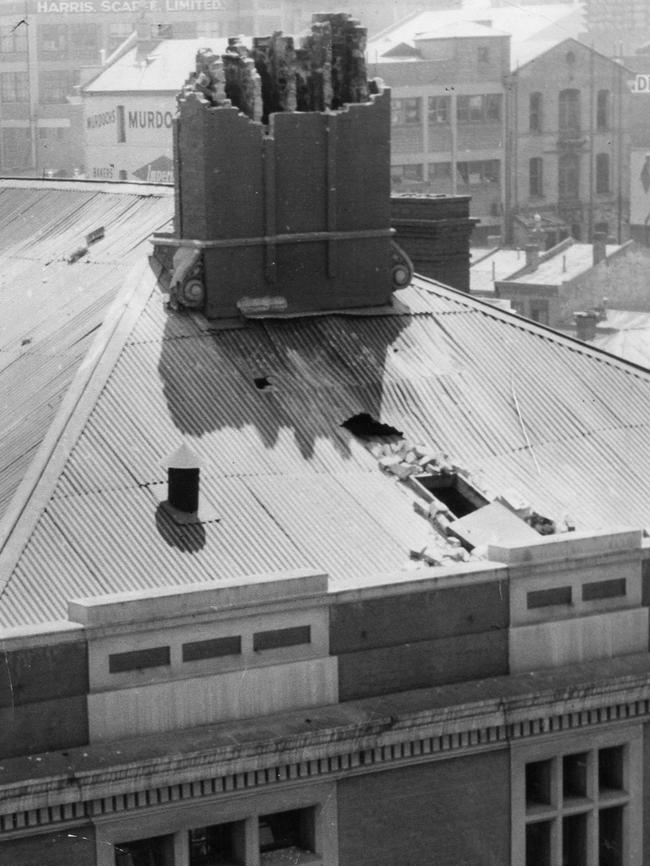
“As a post-disaster facility, it is highly likely that operations within the building would be significantly compromised,” it states, urging a “deep refurbishment” rather than a piecemeal repair.
A similar earthquake damage risk was identified with the SA Fire and Emergency Services Commission’s existing city headquarters in Waymouth St.
Labor tendered for a new four-level earthquake-compliant head office for the CFS and SES. It is ongoing but details are secret.
Mr Lucas, who hands down his second Budget in a few weeks, said Mr Wingard had “assiduously” lobbied him and government committees for money but refused to reveal any Budget decisions. “We are treating it seriously,” he said.
A police spokesman said an assessment for “relatively straightforward remediation works … has been completed and incorporated into capital works forward planning”.
ADELAIDE AT EARTHQUAKE RISK?
The complexity and uncertainty of estimating the probability of damage can be seen in reviewing Adelaide’s earthquake history.
The city has experienced damage three times since settlement or the past 180 years.
In 1897 an earthquake of about magnitude 6.5 occurred offshore from Robe.
This caused minor damage in the city, including the collapse of the ceiling in Government House.
Only five years later, a magnitude 6 earthquake occurred in St Vincent Gulf. This caused slightly greater damage around the city and resulted in two shock related deaths.
The best remembered event, 1954 was only magnitude 5.5, not large, but close by, with severe damage south of the city but only minor damage in the CBD.
So similar damage in the CBD can be caused by a smaller event nearby, or a larger event at distance and these events do not follow any known pattern in time.
Probabilities to cover the situation are relatively complex to calculate with many uncertainties.
As a rough estimate, however, there is a strong chance of slight damage in the city in any 60 year period. Softer soils will also make some areas worse than others.
Adelaide has had more damage from earthquakes than any other capital city.
Conventional wisdom suggests that earthquakes are more likely to happen on major fault lines.
These are where, at some stage in the past, large movements have occurred.
The Para Fault is just to the west of the city and the Eden-Burnside fault zone is along the main Adelaide Hills face.
In Australia, however, we have no major fault line where we are detecting earthquakes on a regular basis.
We also have a number of large earthquakes that do not appear to have any relationship to mapped faults in the area.
It is as if the earthquakes do not know where the faults lie.
* David Love is Chief Seismologist of the Seismological Association of Australia



